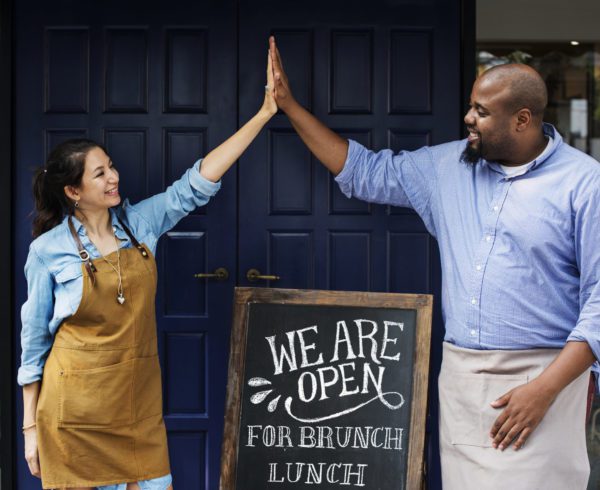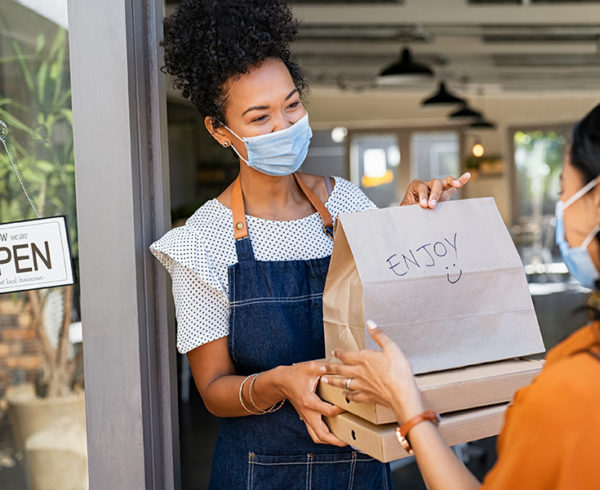It might not seem like it matters, but studies have shown the layout of a restaurant menu inclines consumers on what to buy. Researchers observed buyers’ eye movements in regards to the menu item they purchased in the end. The results revealed that when higher priced items are placed where consumers see them first, they are much more likely to purchase them.
Also, take into consideration where menu item prices are located. Do not write menu items and their prices in the same text line. For example, do not have the menu item and its description on the left-hand side with its price listed separately on the far right side of the menu. Instead, list the menu item and give it a detailed description and add its price at the end of the description in a smaller font without a dollar sign. Doing so will reduce price shopping.
When grouping menu items, such as appetizers that have 10 or more options, remember that consumers will purchase the first, second, and last items most often. Therefore, remember to place your highest priced or priority items in those slots. Consumers like visuals, which is why menu items that include pictures will sell at higher volumes than those items without pictures.
In addition, remember that the fewer items you have listed on your menu, the less inventory your restaurant has to store. Less inventory=lower costs. Back office software can help you keep track of inventory in addition to helping you know which menu items are the most profitable.










